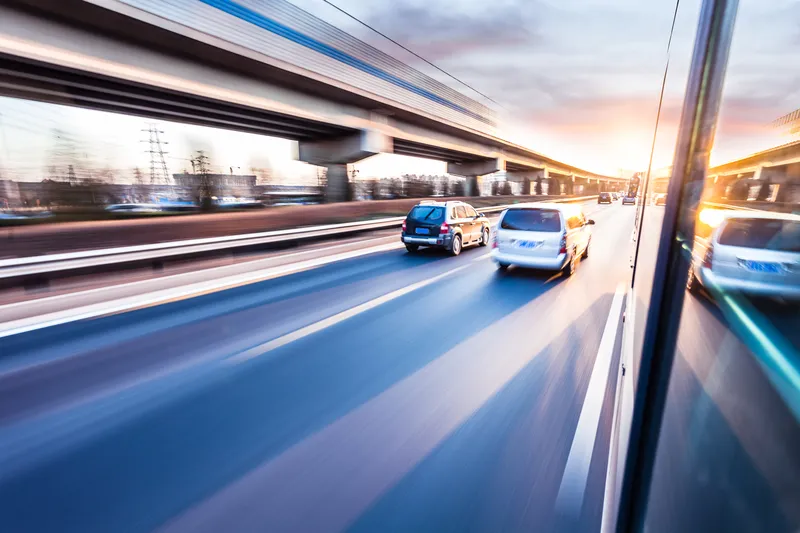According to Delphi Automotive, its new cloud-based automotive connectivity service for European consumers, Delphi Connect, provides a ground-breaking car-to-cloud/cloud-to-car connectivity service and works in most vehicles built after 1996.
To access the service, car owners simply plug the Delphi Connect module into the on-board diagnostics (OBD) port of their vehicle, which is usually located under the steering column. The service utilises a dedicated and secure cloud server to store data and provide
September 13, 2013
Read time: 1 min
According to 7207 Delphi Automotive, its new cloud-based automotive connectivity service for European consumers, Delphi Connect, provides a ground-breaking car-to-cloud/cloud-to-car connectivity service and works in most vehicles built after 1996.
To access the service, car owners simply plug the Delphi Connect module into the on-board diagnostics (OBD) port of their vehicle, which is usually located under the steering column. The service utilises a dedicated and secure cloud server to store data and provide access to certain vehicle information. Through a smartphone app or web portal, the user will have access to features including automatic vehicle health alerts, real time vehicle tracking, or remote warnings when a specified speed level is reached.
Delphi Connect will initially be launched in Germany and then rolled out in other European countries.
To access the service, car owners simply plug the Delphi Connect module into the on-board diagnostics (OBD) port of their vehicle, which is usually located under the steering column. The service utilises a dedicated and secure cloud server to store data and provide access to certain vehicle information. Through a smartphone app or web portal, the user will have access to features including automatic vehicle health alerts, real time vehicle tracking, or remote warnings when a specified speed level is reached.
Delphi Connect will initially be launched in Germany and then rolled out in other European countries.










